An extremely variable moth from yellowish brown to greyish or reddish-brown, blackish-brown or black. A kidney mark on the forewing is always visible and at least partly outlined in white. This species is impossible to distinguish from the Lesser Common Rustic and Remm’s Rustic without referring to the genitalia.
The larvae can be found from September to the following May feeding inside plant stems, moving to new ones as they grow and then pupates underground.
Size and Family
- Family – Arches, brindles, minors, rustics and allies (Noctuidae)
- Small-sized
- Wingspan Range – 24-32mm
Conservation Status
- UK BAP: Not listed
- Common
Caterpillar Food Plants
A range of grasses including Cock’s-foot (Dactylis glomeratus), Tall Fescue (Festuca arundinacea), Tufted Hair-grass (Deschampsia cespitosa) and cereal crops.
Habitat
Found in a wide range of grassy places including gardens, farmland, heathland, calcareous grassland and woodland.
Distribution
- Countries – England, Wales, Scotland and Ireland
- Common and well distributed throughout the British Isles.
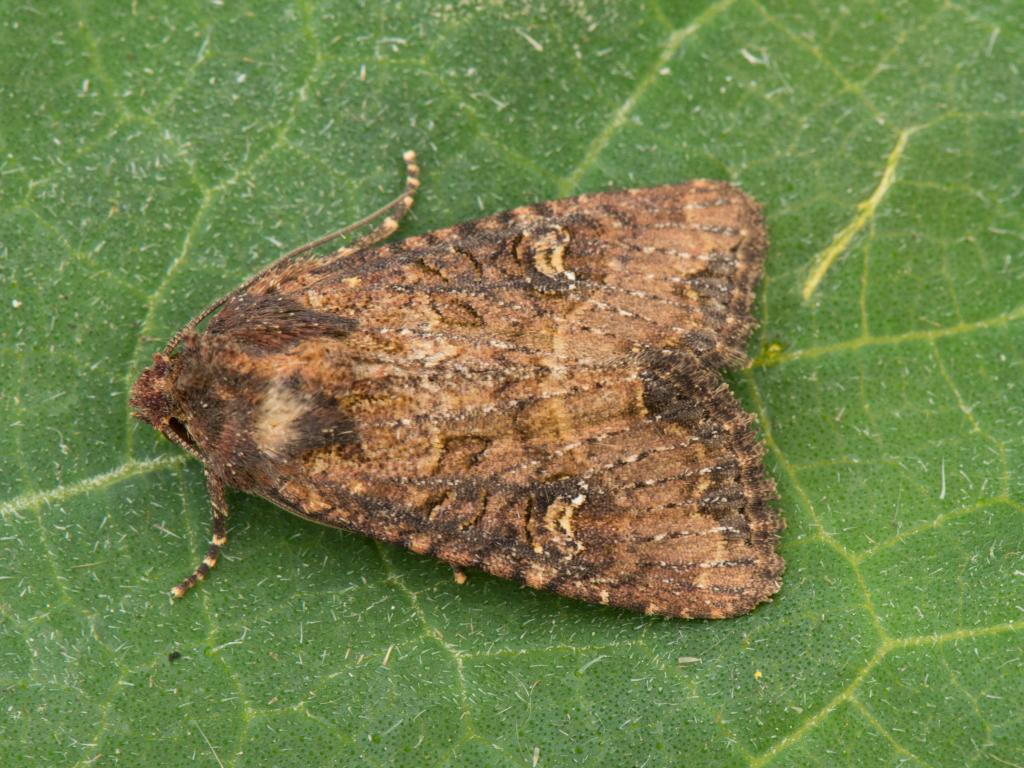
Common Rustic - Koen Thonissen
Common Rustic
Koen Thonissen
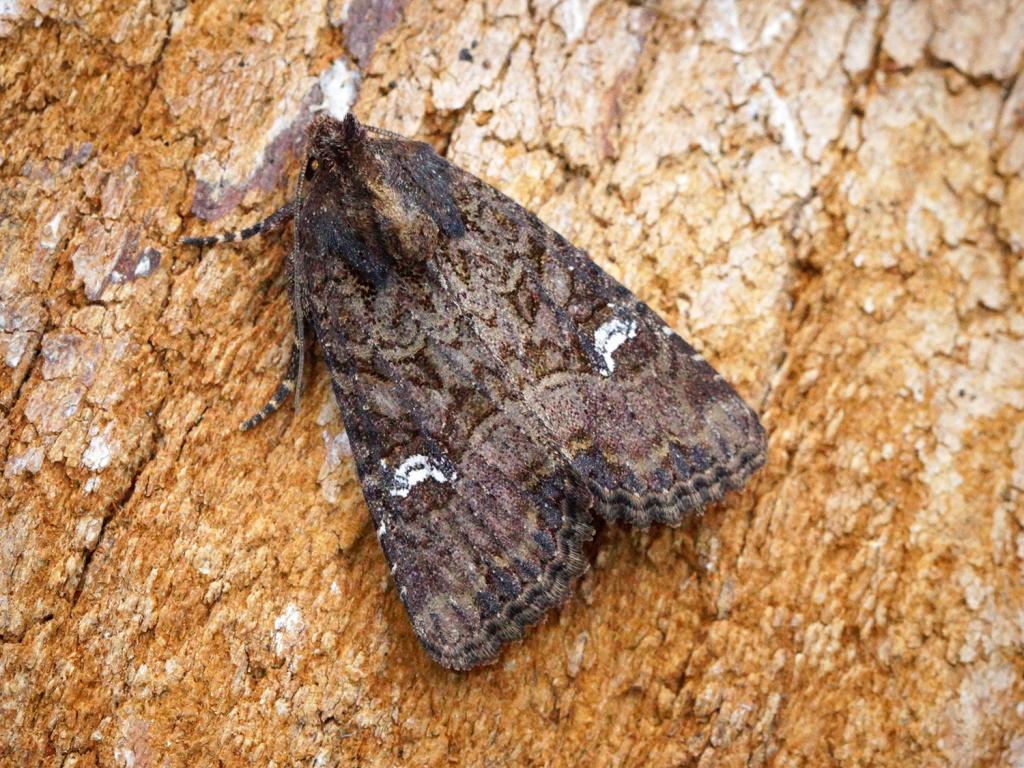
Common Rustic - Ben Sale
Common Rustic
Ben Sale
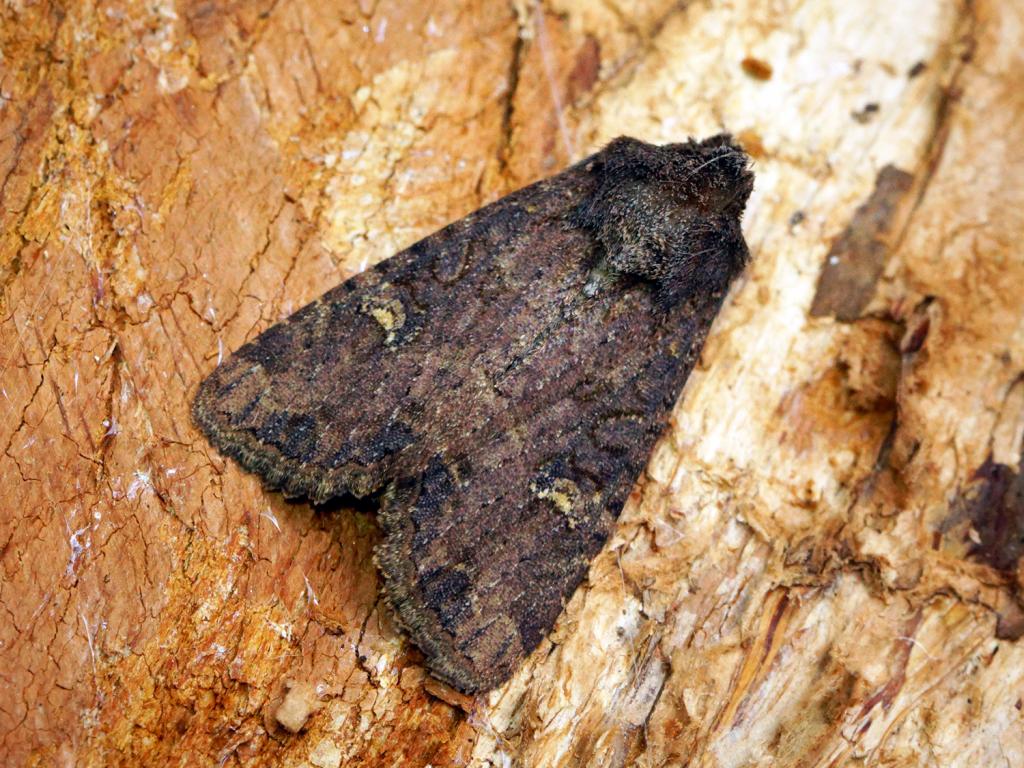
Common Rustic - Ben Sale
Common Rustic
Ben Sale
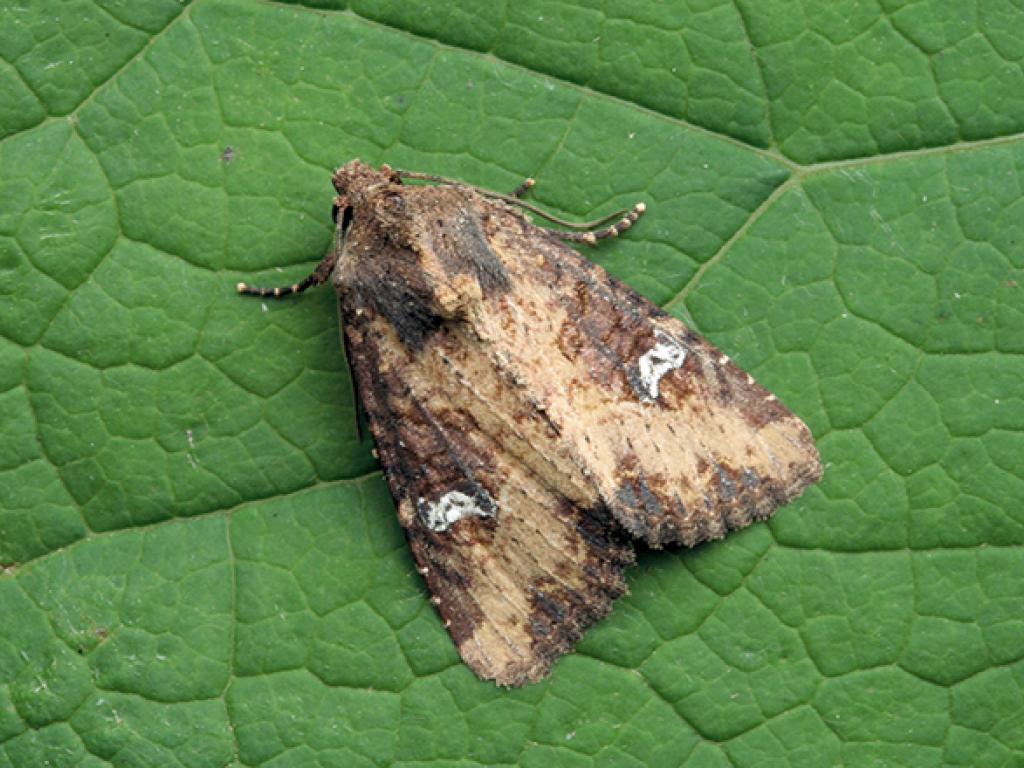
Common Rustic - David G. Green
Common Rustic
David G. Green
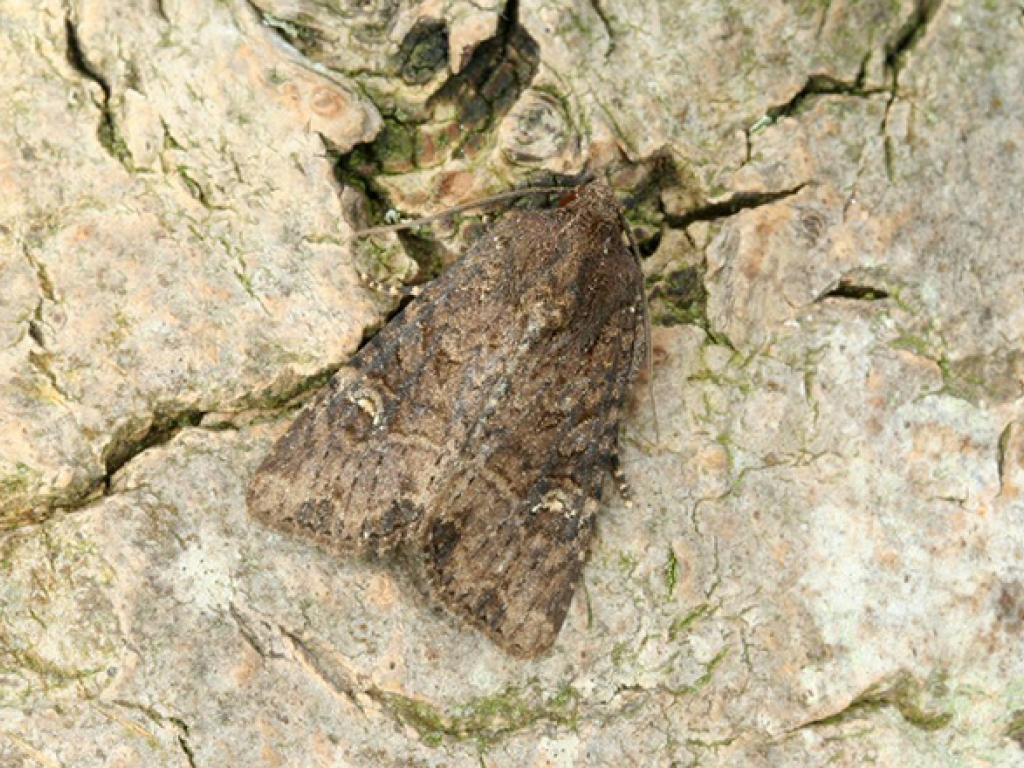
Common Rustic - David G. Green
Common Rustic
David G. Green
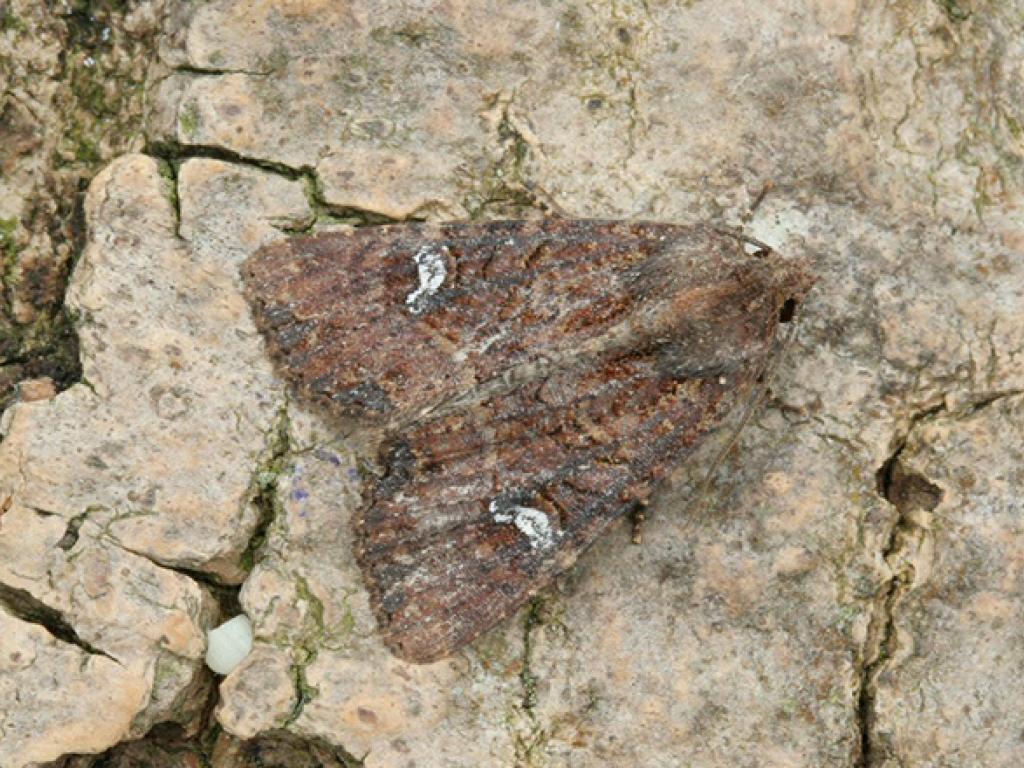
Common Rustic - David G. Green
Common Rustic
David G. Green
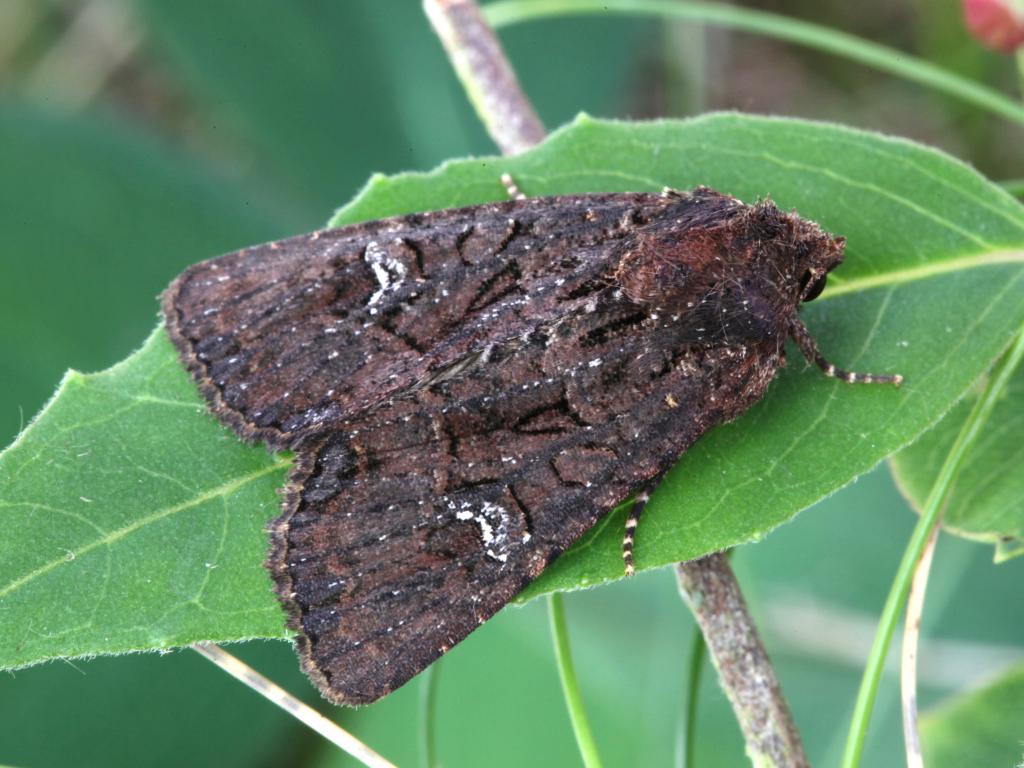
Common Rustic - Gary Barlow
Common Rustic
Gary Barlow
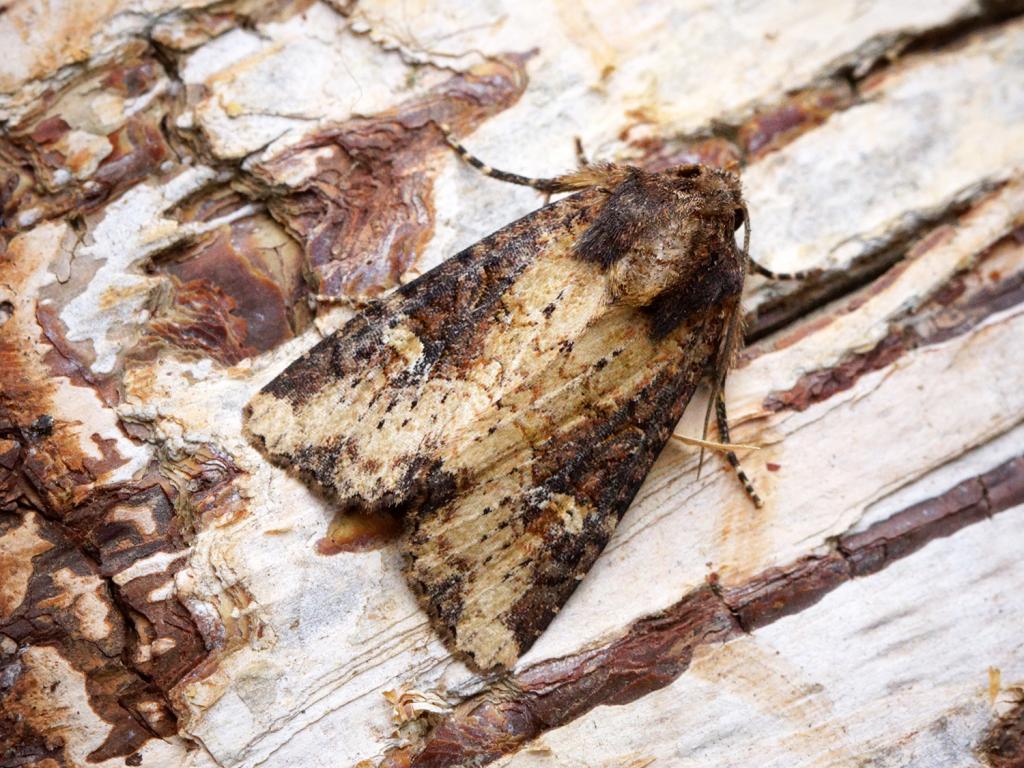
Common Rustic - Ben Sale
Common Rustic
Ben Sale
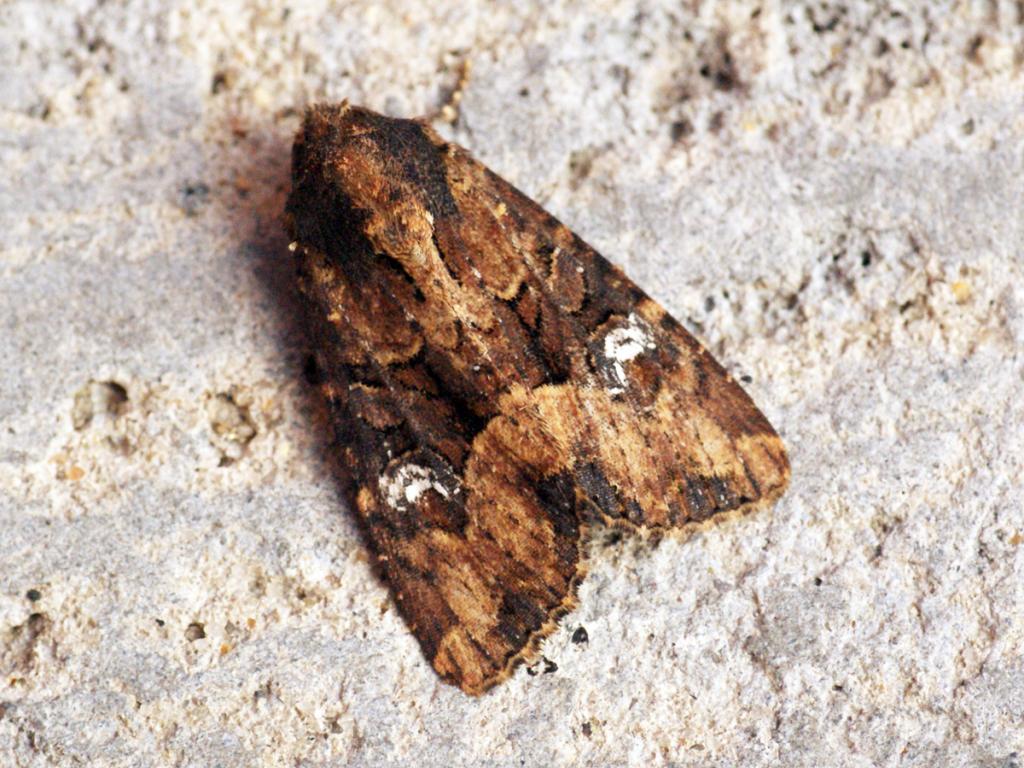
Common Rustic - Ben Sale
Common Rustic
Ben Sale

